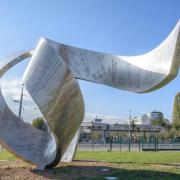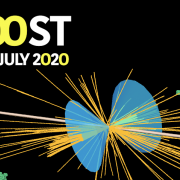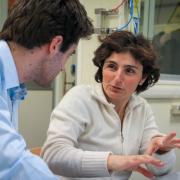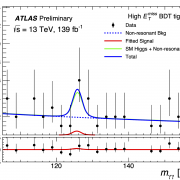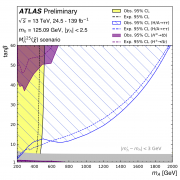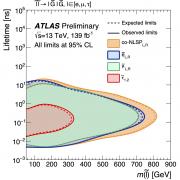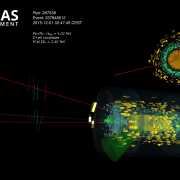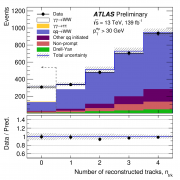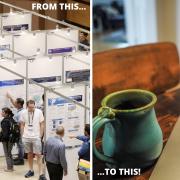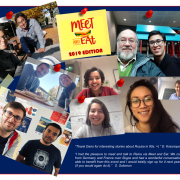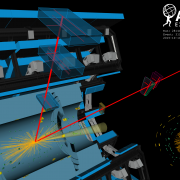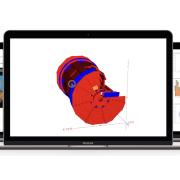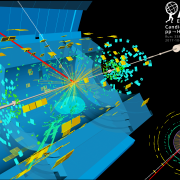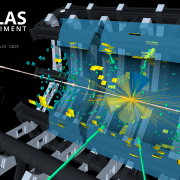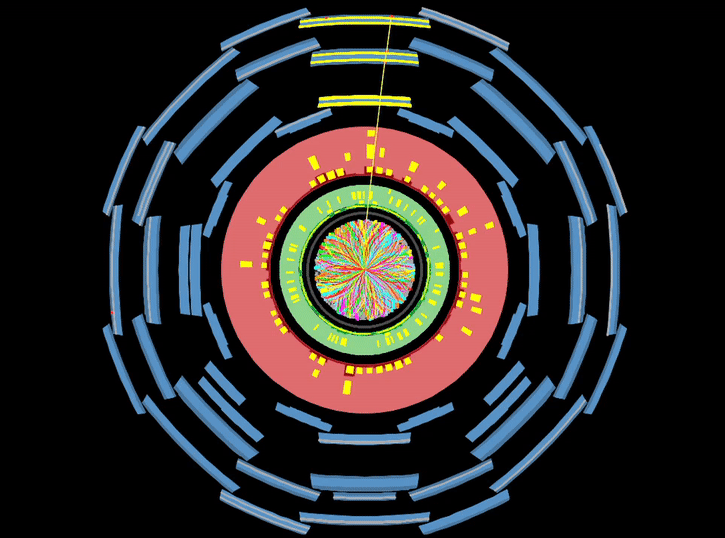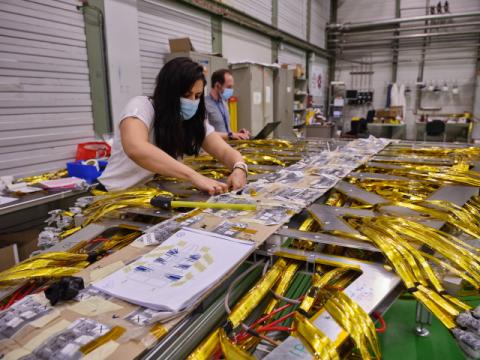Access to Collaboration Site and Physics Results

From ATLAS Around the World: Brief history of Morocco in ATLAS
– In 1996, Morocco officially became a member of the ATLAS collaboration. The eagerly awaited day had finally arrived, and the first Arabic and African country signed a collaborative agreement with CERN to participate in the great scientific adventure of particle physics.Read more →
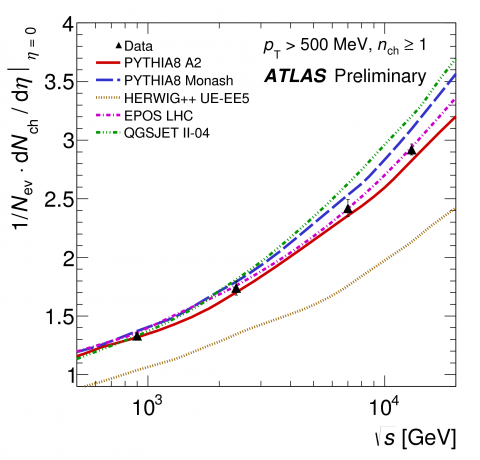
Physics and performance with 13 TeV proton collisions
– After a shutdown of more than two years, Run 2 of the Large Hadron Collider (LHC) has restarted with proton–proton collisions at a centre-of-mass energy of 13 TeV. This new phase will allow the LHC experiments to explore nature and probe the physical laws governing it at scales never reached before.Read more →
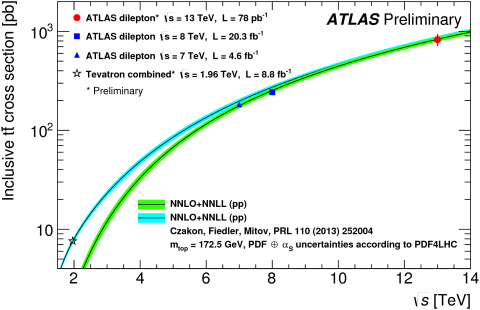
Top quarks in Run 2 are spot on
– With a precision of just under 14% − currently dominated by our ability to understand how many proton-proton collisions have occurred at ATLAS (i.e. luminosity) − this measurement is able to confirm that quantum chromodynamics, the theory of the strong interaction, still seems to be going strong!Read more →
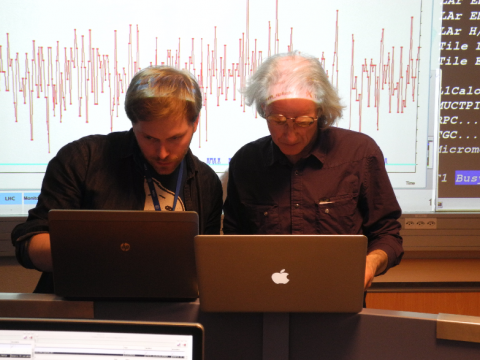
From ATLAS Around the World: Triggers (and dark) matter
– To the best of our knowledge, it took the Universe about 13.798 billion years to allow funny looking condensates of mostly oxygen, carbon and hydrogen to ponder on their own existence. Some particularly curious specimens became scientists, founded CERN, dug several rings into the ground near Geneva, Switzerland, built the Large Hadron Collider, and also installed a handful of large detectors along the way.Read more →
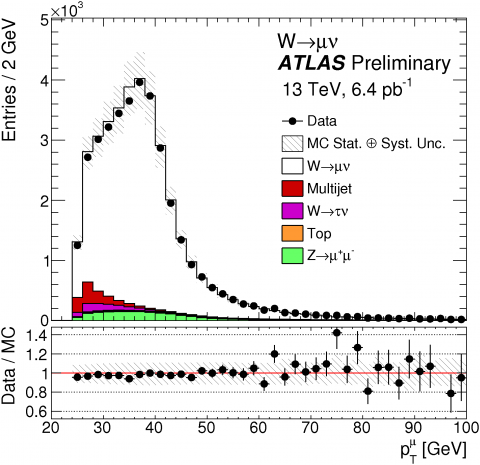
Of mesons and bosons
– ATLAS is ready for detailed physics studies. The experiment used early data collected from the LHC’s Run 2 to calibrate its detectors. Measurements of the production and leptonic decay of certain particle resonances have shown that the detectors and software are working as expected.Read more →
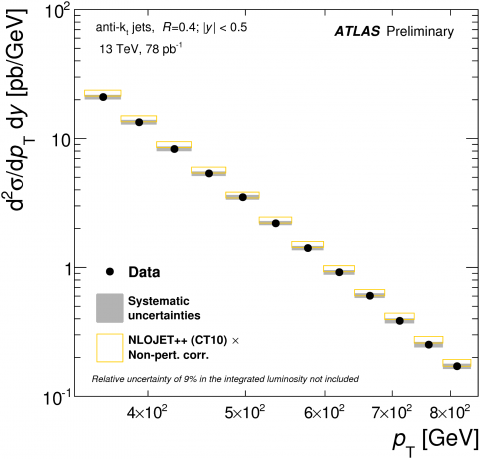
First measurements set the stage for early searches of new physics
– Jets are collimated sprays of hadrons generated from quarks and gluons, produced either directly in the proton-proton collision or as a part of the decay of W bosons, Z bosons, Higgs bosons, top quarks or new particles yet to be discovered. In fact, all W, Z and Higgs bosons decay most often to quarks which form jets.Read more →
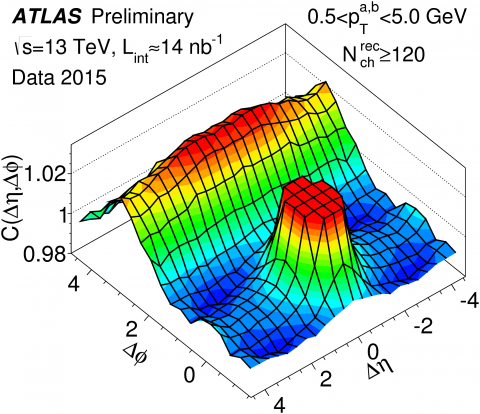
ATLAS measurements of the ridge in proton-proton collisions at 13TeV
– Previous studies of two-particle angular correlations in proton-proton, proton-lead, and lead-lead collisions at the LHC have provided important insight on the physics of the particle production process. On 24 July, Atlas presented new preliminary measurements of two-particle correlations...Read more →
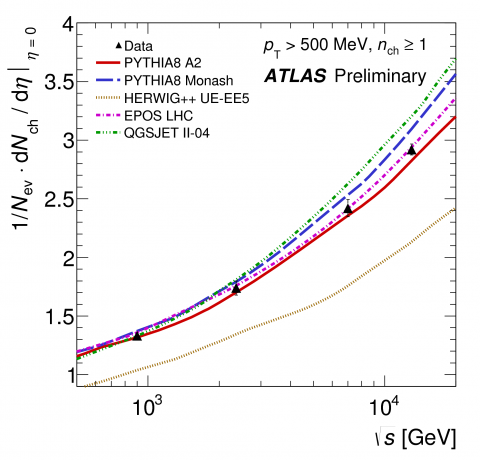
Early Run 2 results test event generator energy extrapolation
– On 23 July 2015, ATLAS presented its first measurements of soft strong interaction processes using charged particles produced in proton–proton collisions at 13 TeV centre-of-mass energy delivered by the Large Hadron Collider at CERN. These measurements were performed with a dataset collected beginning of June under special low-luminosity conditions.Read more →
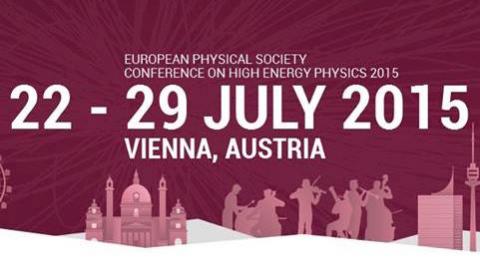
First Run 2 results to be presented at EPS
– The first results using the record-breaking Run 2 data will be presented at the European Physical Society conference on High Energy Physics (EPS-HEP) in Vienna, 22-29 July. It will be an exciting opportunity to see how these first few weeks of data-taking have progressed.Read more →
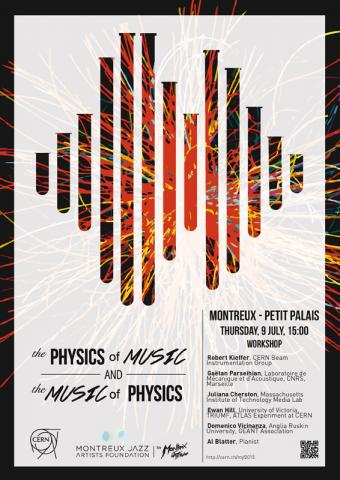
Musical Dimensions
– CERN will be back at the Montreux Jazz Festival for its third annual workshop: 'The Physics of Music and The Music of Physics' on 9 July at 15:00 in Petit Palais. Live events from the ATLAS experiment mapped into music will feature as part of the event. Run 2 of the LHC began this spring, bringing with it hopes and promise of new physics and discovery. One of many key items on the LHC shopping list is the existence of new spatial dimensions, a potential means to harmonise gravity in our theoretical understanding of nature.Read more →


